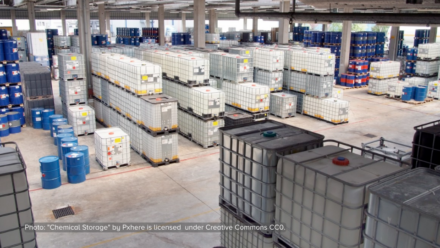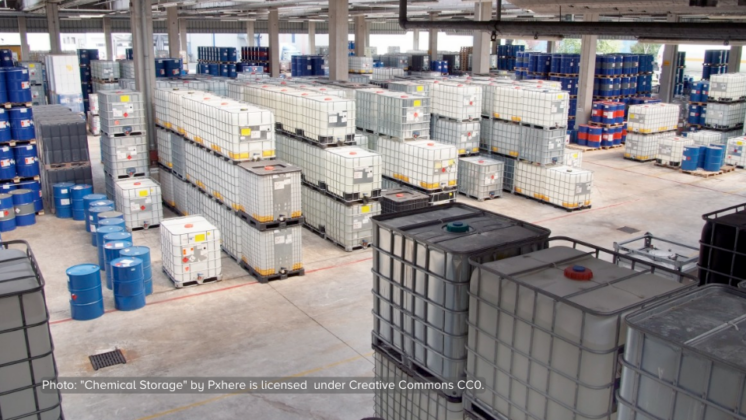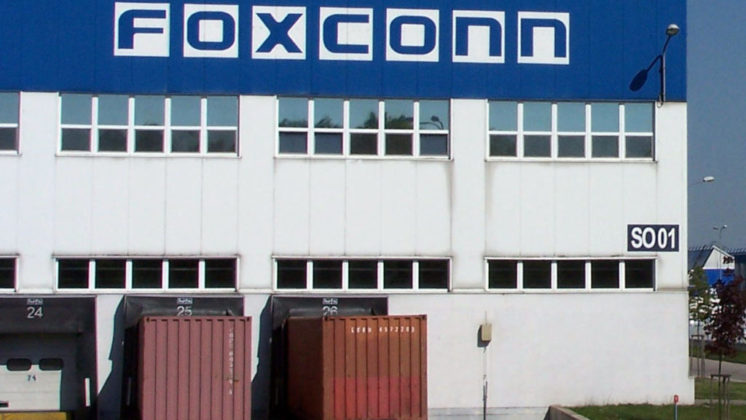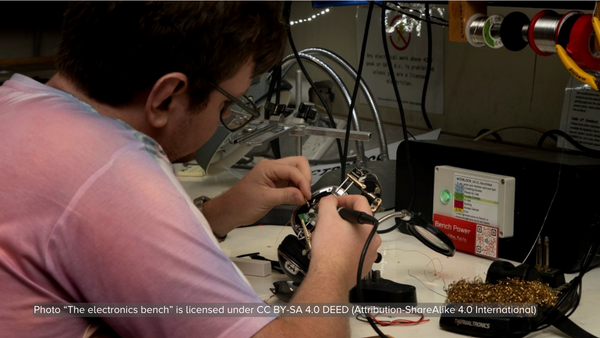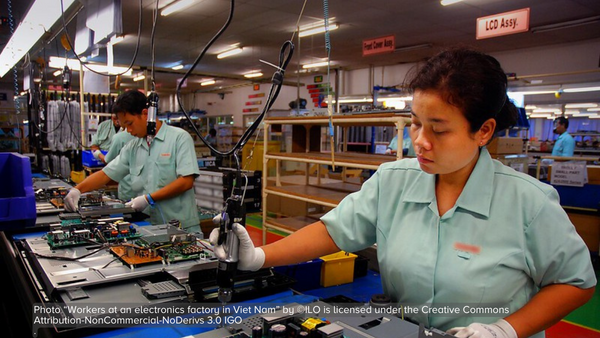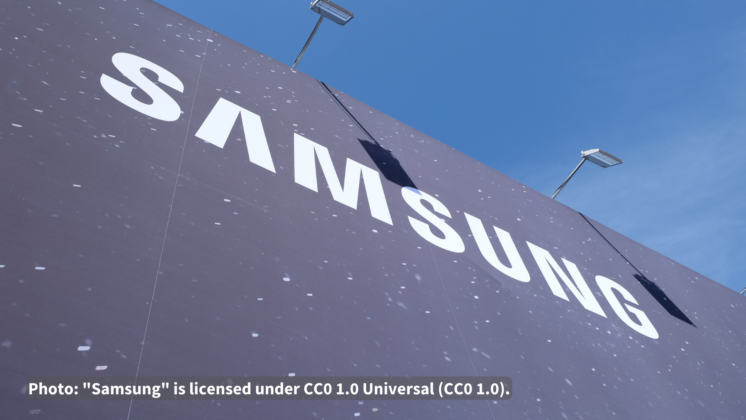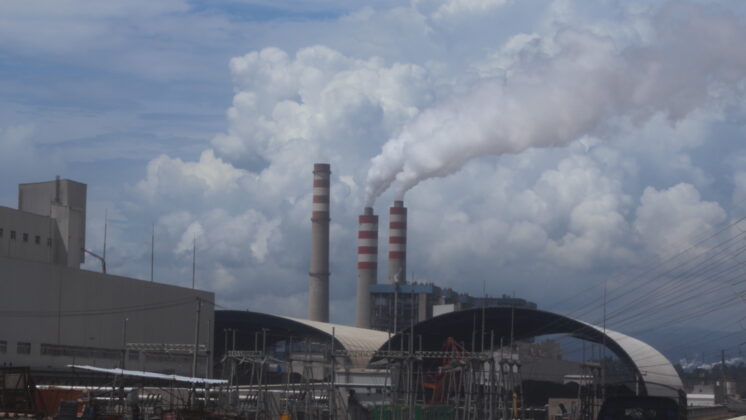Last November, corporate officials informed the more than 270 employees of the Philips Luminaires plant in Sparta, Tennessee., that it would be shutting down the nearly 40-year-old lighting fixture factory and moving most of its production to Mexico by 2012. Why? Philips has not given a reason. The plant has won numerous awards for productivity and efficiency, including Industry Week's 2009 top 10 best North American plants. Philips received more than $7 million in grants and awards from the American Recovery and Reinvestment Act of 2009 (stimulus act), the aim of which was to create jobs for Americans. The International Brotherhood of Electrical Workers (IBEW) is now campaigning to keep jobs. Community and small business leaders, elected officials and union activists are standing together to tell Philips: Keep the Lights On in Sparta - Save American Jobs.
Last November, corporate officials informed the more than 270 employees of the Philips Luminaires plant in Sparta, Tenn., that it would be shutting down the nearly 40-year-old lighting fixture factory and moving most of its production to Mexico by 2012. Why? Philips has not given a reason. The plant has won numerous awards for productivity and efficiency, including Industry Week's 2009 top 10 best North American plants. Philips received more than $7 million in grants and awards from the American Recovery and Reinvestment Act of 2009 (stimulus act), the aim of which was to create jobs for Americans. The International Brotherhood of Electrical Workers (IBEW) is now campaigning to keep jobs. Community and small business leaders, elected officials and union activists are standing together to tell Philips: Keep the Lights On in Sparta - Save American Jobs.
The Sparta Plant Has Been Rated One of the Top Plants in North America
- It was named one of North America’s 10 best plants in 2009 by Industry Week magazine. “Resourceful approach to tackling challenges results in assembly line production skyrocketing at Sparta, Tenn., facility,” says the journal. (“Phillips Professional Luminaires: IW Best Plant Profile 2009,” Industry Week, December 16, 2009). “By any performance measure, Philips Professional Luminaires … excels in the manufacture of lighting fixtures.”
- As recently as last fall, Philips awarded the plant its
lean manufacturing award, recognizing the efforts of workers
and management to increase productivity and cut costs. The average wage
for production workers at the plant is $13 an hour.
- Philips Luminaires is a model for good labor relations. There has not been a work stoppage in more than 30 years, while employees have negotiated numerous flexible wage and work rule agreements that have kept the plant profitable and efficient, while controlling health care costs.
- Brought sub-component product back from China
in 2009 due to cost improvements.
- Shortest lead times in division (4-10 days vs. 4-6 weeks)
No Economic Necessity for Philips to Move the Plant to Mexico
- The plant is profitable. Philips Luminaires
reduced distribution costs by 60 percent from 2004 to 2008 and, despite
the demand for lighting products dropping nearly 30 percent in 2009,
continues to produce 14,000 lighting units per day (“Phillips
Professional Luminaires: IW Best Plant Profile 2009,” Industry Week,
December 16, 2009).
- Philips is profitable. Despite weak sales due to the recession, the company’s books are in the black again, with results for the third quarter and the first nine months of 2010 showing soaring profits.
- The Sparta plant will begin production of
energy-efficient LED light fixtures this month. Philips plans
for 50 percent of its lighting revenue to come from LED products by
2015, hoping to increase its share in the energy-efficient market in
the U.S. Said the Economist in 2007 after Philips purchased the Sparta
plant: “[Philips] hopes to use Genlyte’s relations with distributions
and retailers to increase sales of LED lighting in America” (Tate
Dwinnell, “Philips sees LED Making Up 15% of Lighting Revenues This
Year, Goal of 50% by 2015,” Green Stocks Central, December 13,
2010).
- Philips’ decision has been criticized by industry observers. Manufacturing industry analyst Kevin Meyer writes: “It was yet another decision completely disconnected from business reality, probably driven by traditional accountants claiming that it somehow made sense to move to Mexico … somehow that is cheaper than preserving the knowledge, creativity, and experience of a couple hundred existing employees at a 46-year-old facility that has reinvented itself.”
Disastrous for the Community
- White County, Tennessee – where Sparta is located –
suffers from an unemployment rate of 12.2 percent. (Tennessee
Department of Labor)
- The region has lost nearly 9,000 manufacturing jobs in the last decade. (“Plant Layoff and Closure Listings,” Tennessee Department of Labor and Workforce Development/Dislocated Worker Unit)
Philips Received Millions In Government Grants and Loans
- Philips is the recipient of more than $7 million from the American Recovery and Reinvestment Act, the aim of which was to create American jobs.
- The Philips Luminaires plant received a $5 million bond — which is still outstanding — from the White County Industrial Board to expand operations.
Community and Business Leaders Are United to Save the Plant
Community and business leaders raised millions to buy the plant from Philips, an offer the company turned down. “The proposal, which would reportedly save Philips over $30 million while beating Mexico pricing, was turned down after consideration at top levels of the organization.” (Ward Norris, “Sparta Community Offers to Buy Philips Plant,” Cookeville Times, January 24, 2011)

